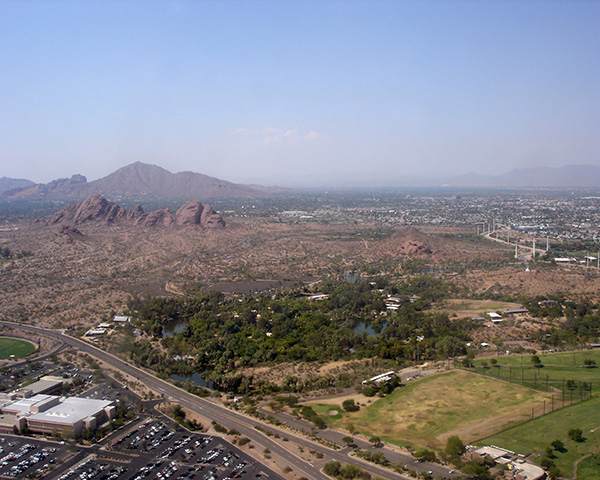View Source | October 2, 2012
 The Atlantic Cities recently published an article by Richard Florida featuring Sustainability Scientist and research professor José Lobo's work on charting U.S. metro economic growth.
The Atlantic Cities recently published an article by Richard Florida featuring Sustainability Scientist and research professor José Lobo's work on charting U.S. metro economic growth.
Florida, co-founder of The Atlantic Cities and expert in U.S. urbanization says "the United States economy grew substantially more slowly than initially estimated between April and June of this year, a torpid 1.3 percent." This economic downturn began during the Great Recession but has lasted so long, experts say the nation is facing a "lost decade" of economic growth.
Lobo analyzed the growth and decline of metros across the country, identifying how the Great Recession affected economic growth. "Which metros have grown and which have faltered over the past decade? How has the geography of growth changed since the onset of the Great Recession?" Florida writes.
Lobo then used data from the U.S. Bureau of Economic Analysis to chart the economic growth of more than 350 metropolitan areas during 2001 to 2010 and during the post-crisis period, 2008 to 2010. Zara Matheson of the Martin Prosperity Institute mapped the results.
The Phoenix-Mesa-Glendale area made the top-ten list of large metros (more than 1 million people) who had the best economic growth over the past decade (2001-2010). However, during 2008 through 2010, Sun Belt metros like Phoenix were hit the hardest during the Great Recession, leading Florida to ask: "Are there metros that defy the boom-bust pattern, where growth has remained relatively consistent before and after the crisis?"

